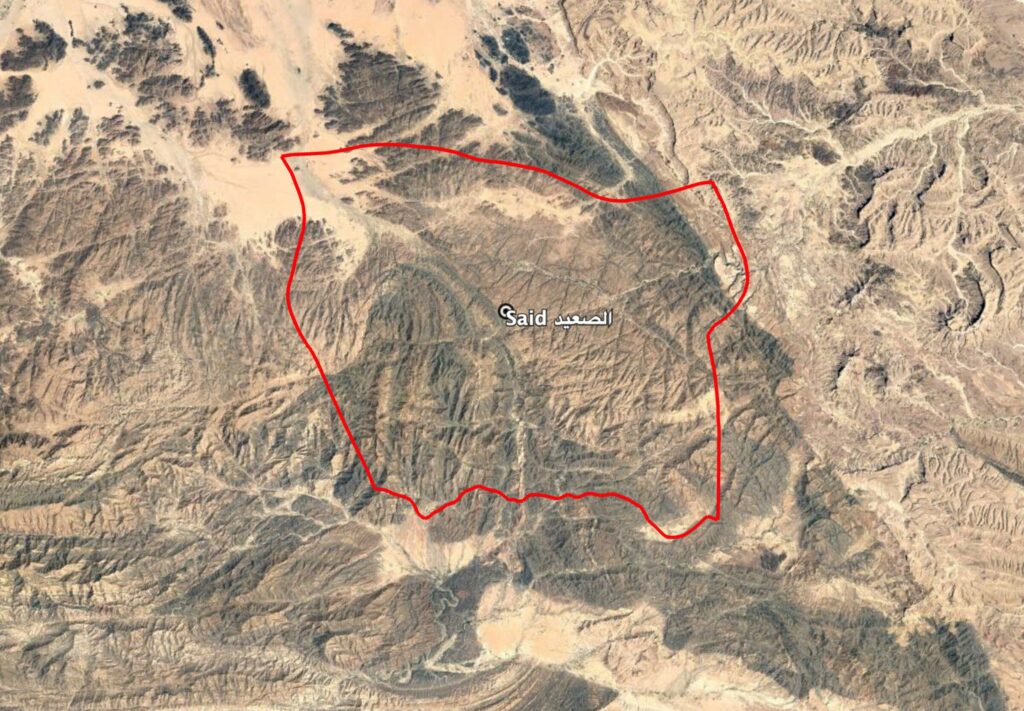Incident Code
Incident Date
Location
Geolocation
Geolocation
Airwars Assessment
(Previous Incident Code: YEMT043)
A US drone strike reportedly targeted an alleged AQAP training camp in a mountainous area of Saeed in Shabwa governorate, local residents told Reuters.
Early on March 6th 2017, Elwatan News also indicated that, according to an Anatolia Agency report, a strike against a training camp in Saeed had taken place on that day. The original Anatolia article could not be found by Airwars. Some social media sources similarly generically reported, early on March 6th, that strikes had taken place in both Shabwa and Bayda. AFP described the attack as taking place around early dawn. Given this, the event is assessed as having taken place on the early morning of March 6th.
Elwatan News reported that, according to local sources, “only civilians were wounded” in the course of this strike and another in Novan, Bayda governorate. Since it was unclear which specific strike was alleged to have resulted in civilian harm, this report is accounted for by Airwars in the Novan entry (USYEMTr040-C). However, this event has been assessed as including a ‘weak’ allegation of civilian harm.
This reported event took place amid a dramatic intensification of US operations against AQAP in March 2017. On March 6th, Pentagon spokesman Captain Jeff Davis announced that forty strikes had been conducted in Yemen over the previous five nights. Earlier, AFP reported that AQAP militants had begun to withdraw from several areas in response to US attacks.
In their May 2018 annual civilian casualty report, the US Department of Defense stated that “there were credible reports of civilian casualties caused by U.S. military actions in Yemen against AQAP and ISIS during 2017”, but did not specify which specific actions these reports referred to. Overall, the Department of Defense assessed that there were credible reports of “approximately 499 civilians killed and approximately 169 civilians injured during 2017”, as a result of US military actions in Iraq, Syria, Afghanistan, and Yemen.
Key Information
Geolocation Notes
Reports of the incident mention a vehicle being struck in the mountainous area within the Said district (مديرية الصعيد). Due to limited satellite imagery and information available to Airwars, we were unable to verify the location further. The generic coordinates for Said district are: 14.299611, 46.859139.

Reports of the incident mention a vehicle being struck in the mountainous area within the Said district (مديرية الصعيد).
Imagery: Google Earth
